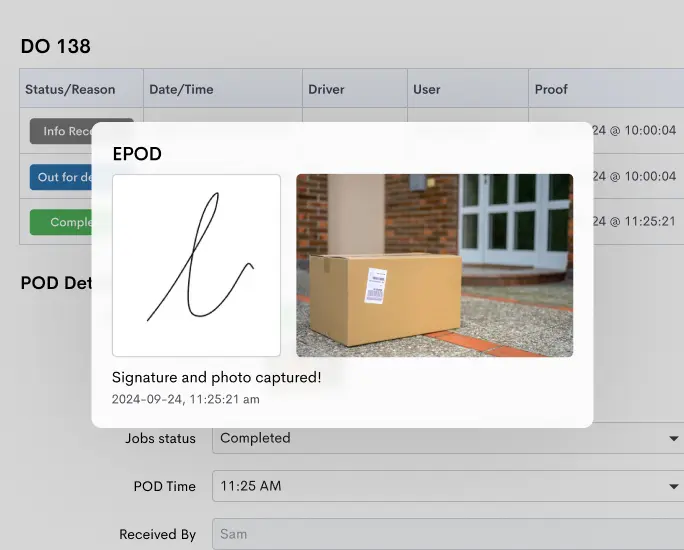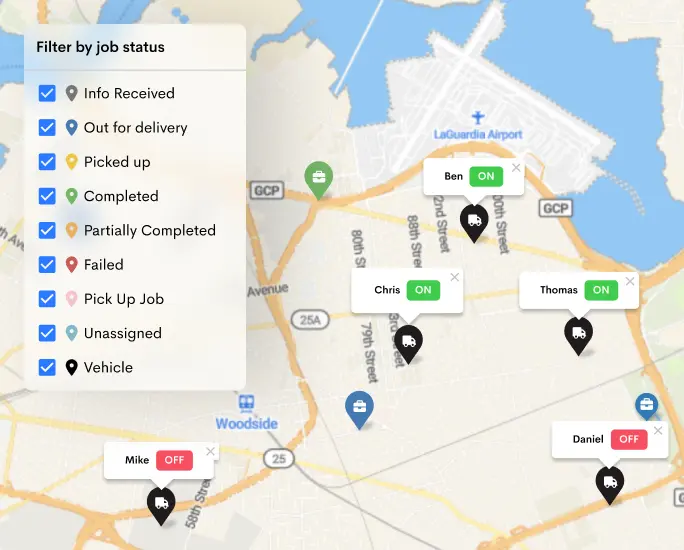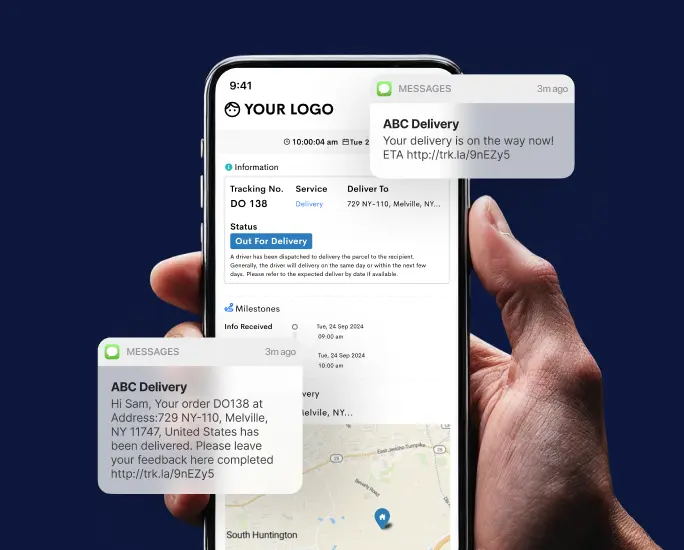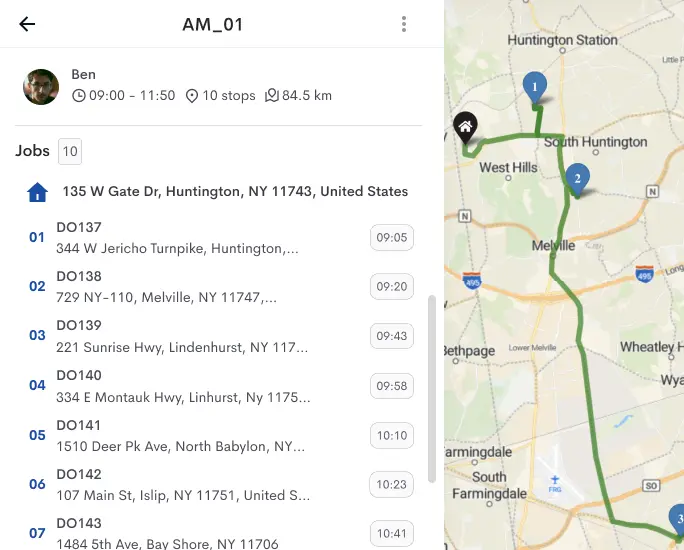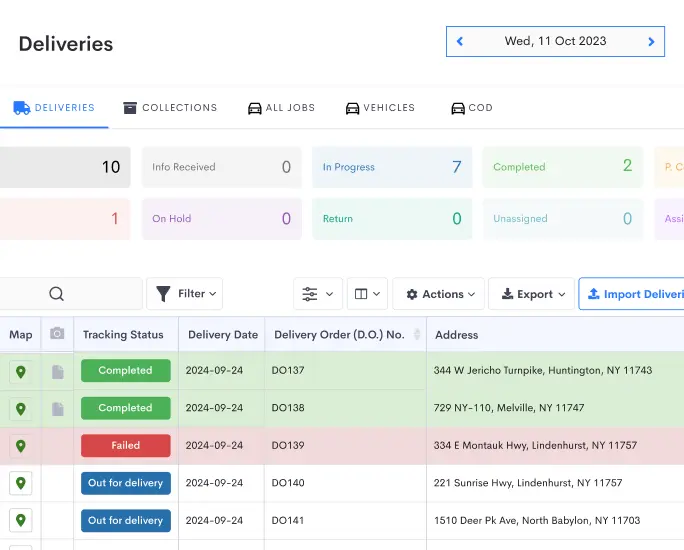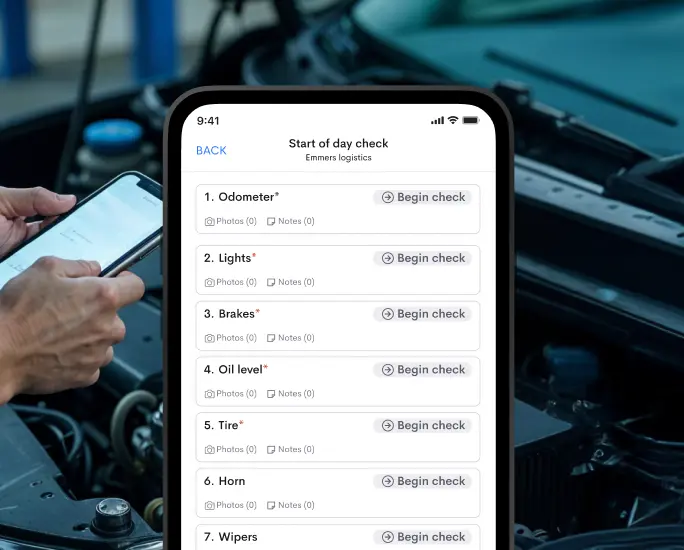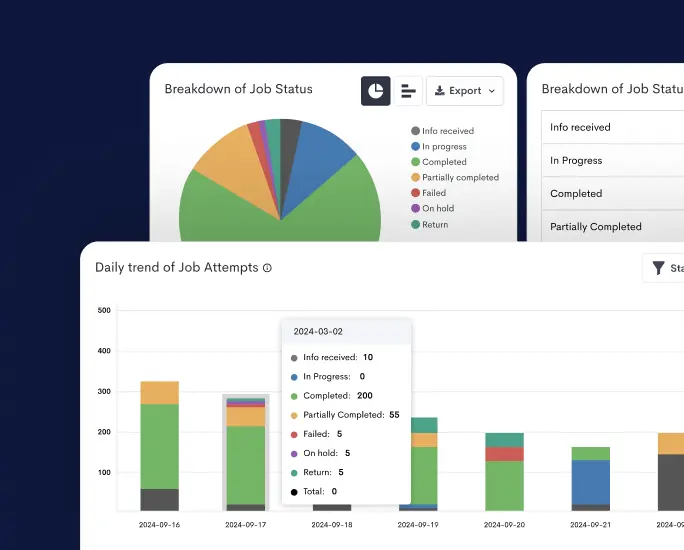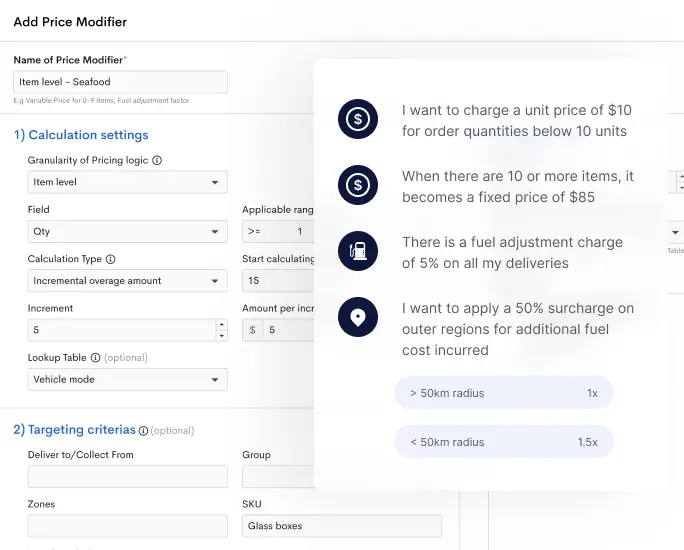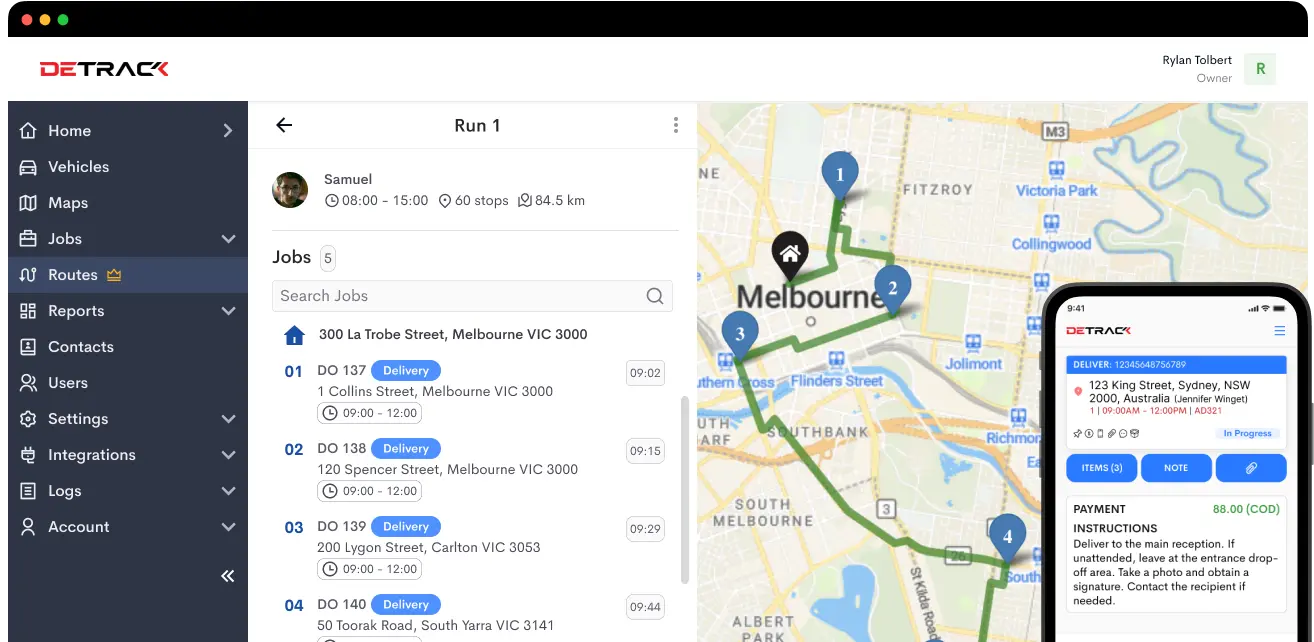Effective order management is critical for any business selling products or services. The process involves receiving, processing, fulfilling, and tracking customer orders.
With proper practices, businesses can ensure customer satisfaction, reduce costs, and maximize profitability.
This blog post will discuss the best practices for effective order management and how businesses can implement them to streamline their operations.
From streamlining order processes to leveraging technology, we’ll cover everything you need to know to optimize your order management and boost your bottom line.
What Is Order Management?
Order management is receiving, processing, fulfilling, and tracking customer orders. It involves managing the entire order lifecycle, from when an order is placed to when it is delivered to the customer.
Effective order management ensures that orders are fulfilled accurately and efficiently, increasing customer satisfaction and business profitability.
The process involves multiple steps, including order creation, order processing, fulfillment, shipping, tracking, and returns.
Proper practices are essential for any business that deals with selling products or services to maintain a competitive edge and maximize profitability.
It requires a well-organized system and robust technology infrastructure to manage orders effectively.
By optimizing their processes, businesses can reduce operational costs, minimize errors, improve resource utilization, and gain a competitive edge in their respective markets.

Why Is Order Management Important For Business?
Effective order management is critical for any business selling products or services. There are several reasons why order management is essential for businesses:
- Firstly, it ensures customer satisfaction by ensuring that orders are delivered on time and accurately. It helps businesses build a loyal customer base and encourages repeat business.
- Secondly, order management helps businesses reduce operational costs by minimizing errors, reducing inventory carrying costs, and improving resource utilization. It allows businesses to optimize inventory levels, reduce waste, and improve cash flow, leading to increased profitability.
- Thirdly, efficient order management helps businesses gain a competitive advantage. Businesses with streamlined order management processes can fulfill orders faster and more accurately, providing a better customer experience.
- Finally, it provides valuable insights into business performance. By tracking metrics such as order fulfillment time, order accuracy, inventory turnover, customer lifetime value, and return on investment, businesses can identify areas for improvement and make data-driven decisions to optimize their operations.
The Order Management Process
The process involves several stages, from order creation to order returns. Each stage plays a critical role in ensuring efficient and accurate order fulfillment. In this section, we’ll discuss each stage in detail.
Order Creation
The first stage is order creation. It involves capturing the customer’s order information, including product or service details, shipping address, and payment information. Order creation can be done through various online platforms, in-store, email, or phone.
Order Processing
Once the order is created, the next stage is order processing. It involves verifying the order details, checking for inventory availability, and preparing the order for fulfillment. Order processing may include order confirmation, fraud detection, and payment processing.
Order Fulfillment
The third stage of the order management process is order fulfillment. It involves picking, packing, and shipping the order to the customer. Order fulfillment also includes quality control, order tracking, and delivery confirmation.
Order Shipping
The fourth stage is order shipping. It involves selecting the shipping carrier, creating shipping labels, and dispatching the order for delivery. Order shipping also includes tasks such as customs clearance for international orders and handling shipping-related issues such as delays or damages.
Order Tracking
The fifth stage of the order management process is order tracking. It involves providing the customer with tracking information and updates on the order’s delivery status. Order tracking also allows businesses to monitor the progress of the order and identify potential delivery issues.
Order Returns
The final stage is order returns. It involves processing customer returns, issuing refunds or exchanges, and updating inventory levels. Order returns may also involve tasks such as quality control checks, restocking, and handling customer service inquiries.

Order Management Strategies
Effective order management strategies are essential for businesses to streamline their operations, maximize efficiency, and increase profitability. In this section, we’ll discuss some common strategies that businesses can implement.
Automation
One of the most effective strategies for order management is automation. Automation involves using software or technology solutions to automate repetitive tasks such as order processing, inventory management, and shipping.
By automating these tasks, businesses can improve accuracy, reduce errors, and increase productivity.
Some common order management automation tools include order management systems (OMS), enterprise resource planning (ERP) software, and customer relationship management (CRM) software.
Outsourcing
Another strategy is outsourcing. Outsourcing involves delegating certain tasks such as order processing or fulfillment to a third-party provider.
Outsourcing can help businesses reduce operational costs, increase efficiency, and focus on their core competencies. However, outsourcing requires careful vendor selection and management to ensure quality and timely delivery of services.
Inventory Optimization
Effective inventory management is critical for successful order management. Inventory optimization involves managing inventory levels to meet customer demand while minimizing carrying costs and reducing waste.
Businesses can optimize their inventory management through forecasting, demand planning, and implementing inventory management software.
Cross-Channel Order Management
Cross-channel involves managing orders across multiple sales channels such as online marketplaces, brick-and-mortar stores, and social media platforms.
Cross-channel order management allows businesses to provide a seamless customer experience and ensure consistent order fulfillment across channels.
However, cross-channel requires integration with various systems and careful coordination to ensure accuracy and efficiency.
Best Practices For Effective Order Management
Effective order management requires a combination of strategies and best practices to ensure timely and accurate order fulfillment. In this section, we’ll discuss some best practices for effective order management.
Streamlining Order Processes
One of the best practices for effective order management is streamlining order processes. Streamlining involves simplifying and optimizing the order management process to reduce errors, increase efficiency, and improve customer satisfaction.
To streamline order processes, businesses should identify and eliminate bottlenecks, automate repetitive tasks, and implement quality control measures.
Businesses can start by analyzing their current order management process to identify any inefficiencies or areas for improvement.
They should look for ways to reduce the time it takes to process orders, such as implementing automation tools like order management systems (OMS) or enterprise resource planning (ERP) software.
Implementing Robust Inventory Management
Another best practice for effective order management is implementing robust inventory management.
Maintaining accurate inventory records, forecasting demand, and optimizing inventory levels can help businesses avoid stockouts, reduce carrying costs, and improve order fulfillment rates.
Businesses should consider implementing inventory management software that can provide real-time visibility into inventory levels across multiple sales channels.
By tracking inventory levels and sales data, businesses can make informed decisions about when to reorder products and how much inventory to keep on hand.
Providing Multiple Payment Options
Providing multiple payment options can improve customer satisfaction and increase sales.
By offering a variety of payment methods such as credit cards, PayPal, COD, and mobile payments, businesses can cater to customers’ preferences and make the checkout process more convenient.
Businesses should consider implementing payment gateway providers that support multiple payment options. This can include credit card processing, e-wallets, and mobile payments.
By providing multiple payment options, businesses can increase the likelihood of a successful sale and reduce the risk of abandoned carts due to payment issues.
Building Strong Customer Relationships
Building strong customer relationships is essential for long-term business success.
By providing excellent customer service, responding promptly to inquiries and concerns, and offering personalized promotions, businesses can build trust and loyalty with their customers.
Businesses can start by implementing customer relationship management (CRM) software to track customer interactions and preferences.
By understanding their customers’ needs and preferences, businesses can tailor their offerings and marketing messages to meet their customers’ expectations.
Leveraging Technology For Order Management
Finally, leveraging technology for order management can help businesses automate repetitive tasks, improve accuracy, and increase efficiency.
Technology solutions for order management include order management systems (OMS), enterprise resource planning (ERP) software, and shipping and logistics software.
OMS and ERP software can help businesses automate order processing, inventory management, and shipping.
Shipping and logistics software can also help businesses manage their shipping operations more efficiently. By integrating with carriers’ systems, businesses can track shipments, manage returns, and streamline the shipping process.

Tools And Technologies For Order Management
Here are some of the key tools and technologies for order management:
Order Management Systems (OMS)
An OMS is a software platform designed to manage orders across multiple channels, including online, in-store, and mobile.
An OMS can streamline order processing, reduce errors, and improve customer satisfaction by providing real-time visibility into inventory levels and order status.
An OMS can also help businesses optimize their order fulfillment process by automating workflows and providing insights into key metrics like order volume, fulfillment time, and order accuracy.
Enterprise Resource Planning (ERP)
ERP is a suite of software applications that integrates various business functions, including order management, inventory management, accounting, and human resources.
An ERP system can help businesses optimize their order management process by providing a single source of truth for data and automating workflows.
An ERP system can also help businesses forecast demand, manage inventory levels, and track customer orders and returns.
Customer Relationship Management (CRM)
A CRM system is a software platform designed to manage customer interactions and relationships.
A CRM system can help businesses optimize their order management process by providing insights into customer behavior and preferences, which can be used to personalize the shopping experience and improve customer satisfaction.
A CRM system can also help businesses manage customer orders and returns, track sales performance, and generate reports on key metrics like customer lifetime value and return on investment.
Shipping And Logistics Software
Shipping and logistics software can help businesses optimize their order fulfillment process by automating shipping and tracking processes.
These platforms can provide real-time visibility into shipping status and help businesses manage carrier relationships, track shipments, and generate reports on shipping performance.
Shipping and logistics software can also help businesses manage returns and exchanges, reduce shipping costs, and improve customer satisfaction.
Payment Gateway Providers
Payment gateway providers are third-party platforms that enable businesses to process online payments securely.
Payment gateway providers can help businesses optimize their order management process by providing a range of payment options and integrations with popular ecommerce platforms like Shopify and WooCommerce.
Payment gateway providers can also help businesses reduce fraud, manage chargebacks, and streamline the payment process for customers.
Order Management Metrics And KPIs
Order management metrics and key performance indicators (KPIs) are essential for tracking the performance of your order management process and identifying areas for improvement. Here are some of the most important metrics and KPIs to track for effective order management:
Order Fulfillment Time
Order fulfillment time measures the time it takes from the moment an order is received to the moment it is delivered to the customer. This metric is critical for measuring customer satisfaction and identifying opportunities for process improvement.
By tracking order fulfillment time, businesses can identify bottlenecks in the order management process and implement strategies to reduce delivery time and improve customer satisfaction.
Order Accuracy
Order accuracy measures the percentage of orders that are delivered without errors. This metric is essential for measuring the effectiveness of your order management process and ensuring customer satisfaction.
By tracking order accuracy, businesses can identify areas for improvement and implement strategies to reduce errors, such as improving quality control processes or implementing barcode scanning technology.
Inventory Turnover
Inventory turnover measures the number of times your inventory is sold and replaced in a given period. This metric is critical for optimizing inventory management and ensuring that you have the right level of inventory to meet customer demand.
By tracking inventory turnover, businesses can identify slow-moving inventory and implement strategies to reduce inventory carrying costs, such as implementing just-in-time inventory management or reducing lead times from suppliers.
Customer Lifetime Value
Customer lifetime value (CLV) measures the total amount of revenue a customer is expected to generate over the course of their relationship with your business.
This metric is critical for measuring the effectiveness of your customer acquisition and retention strategies and identifying opportunities for growth.
By tracking CLV, businesses can identify their most valuable customers and implement strategies to increase customer loyalty, such as offering personalized promotions or improving customer support.
Return On Investment (ROI)
Return on investment (ROI) measures the amount of return generated on a given investment, such as an investment in marketing or order management technology.
This metric is critical for evaluating your investments’ effectiveness and identifying improvement opportunities. By tracking ROI, businesses can identify their most profitable investments and make data-driven decisions to allocate resources more effectively.
Streamline Your Order Management Process
In today’s fast-paced business world, optimizing your order management process is essential for staying competitive and profitable. Detrack is a powerful tool that can help businesses streamline their order management process and improve their overall efficiency and profitability.
With features like real-time tracking, automated notifications, barcode scanning, customizable forms, and a mobile app, Detrack is a comprehensive solution that can help businesses optimize their order management process and deliver a better customer experience.
Whether you’re a small business or a large corporation, Detrack can help you optimize your process and deliver a better customer experience. So why not give it a try and see how it can transform your business today?

